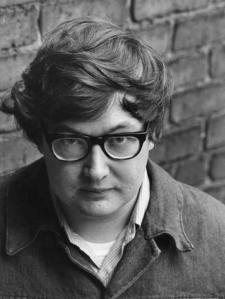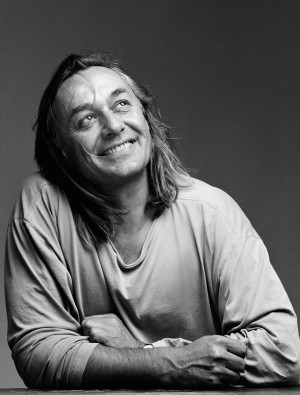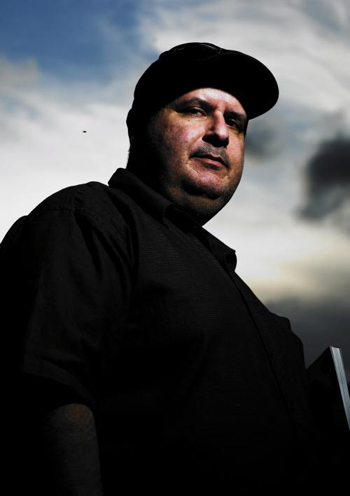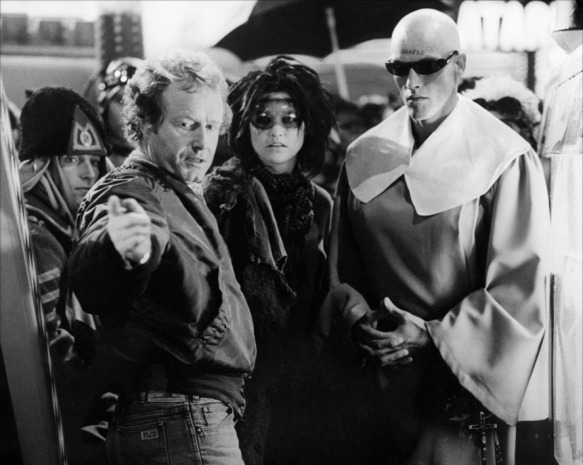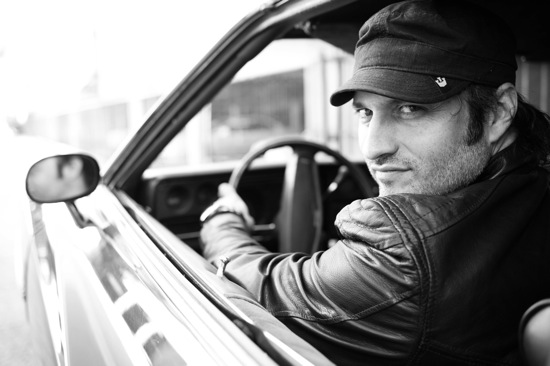The late Roger Ebert makes a case for cinema and its distinction between real life. If you listen to a lot of commentaries like me, you’ll surely at some point will come across bits and pieces like this particular one. All of the greatest filmmakers and cinema critics know this and will back what Ebert is saying here. This is one of those truly important concepts a filmmaker must sooner or later realize if he or she wants to make films which engage an audience. This is another reason to love Ebert as one of the most important film critics to have lived.
- Follow me on Twitter
- Subscribe to my YouTube channel
